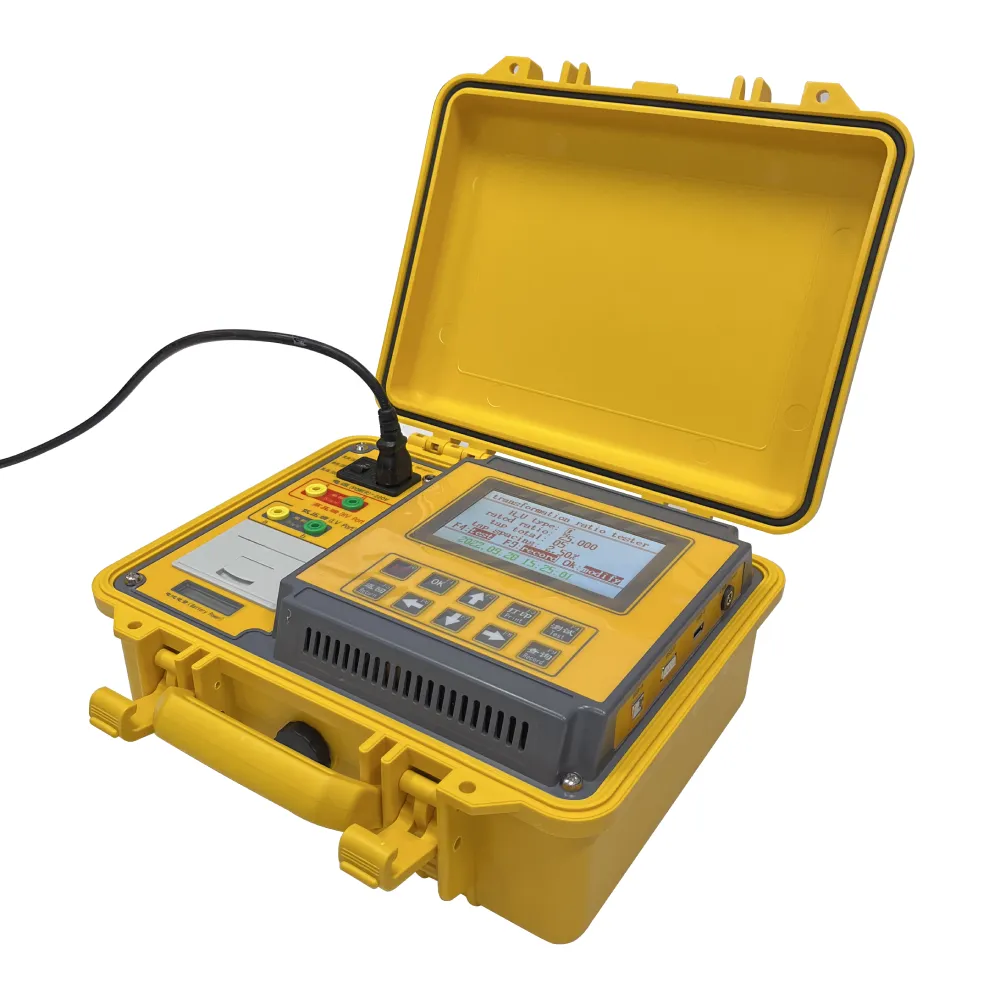 English
English



-
 Afrikaans
Afrikaans -
 Albanian
Albanian -
 Amharic
Amharic -
 Arabic
Arabic -
 Armenian
Armenian -
 Azerbaijani
Azerbaijani -
 Basque
Basque -
 Belarusian
Belarusian -
 Bengali
Bengali -
 Bosnian
Bosnian -
 Bulgarian
Bulgarian -
 Catalan
Catalan -
 Cebuano
Cebuano -
 China
China -
 China (Taiwan)
China (Taiwan) -
 Corsican
Corsican -
 Croatian
Croatian -
 Czech
Czech -
 Danish
Danish -
 Dutch
Dutch -
 English
English -
 Esperanto
Esperanto -
 Estonian
Estonian -
 Finnish
Finnish -
 French
French -
 Frisian
Frisian -
 Galician
Galician -
 Georgian
Georgian -
 German
German -
 Greek
Greek -
 Gujarati
Gujarati -
 Haitian Creole
Haitian Creole -
 hausa
hausa -
 hawaiian
hawaiian -
 Hebrew
Hebrew -
 Hindi
Hindi -
 Miao
Miao -
 Hungarian
Hungarian -
 Icelandic
Icelandic -
 igbo
igbo -
 Indonesian
Indonesian -
 irish
irish -
 Italian
Italian -
 Japanese
Japanese -
 Javanese
Javanese -
 Kannada
Kannada -
 kazakh
kazakh -
 Khmer
Khmer -
 Rwandese
Rwandese -
 Korean
Korean -
 Kurdish
Kurdish -
 Kyrgyz
Kyrgyz -
 Lao
Lao -
 Latin
Latin -
 Latvian
Latvian -
 Lithuanian
Lithuanian -
 Luxembourgish
Luxembourgish -
 Macedonian
Macedonian -
 Malgashi
Malgashi -
 Malay
Malay -
 Malayalam
Malayalam -
 Maltese
Maltese -
 Maori
Maori -
 Marathi
Marathi -
 Mongolian
Mongolian -
 Myanmar
Myanmar -
 Nepali
Nepali -
 Norwegian
Norwegian -
 Norwegian
Norwegian -
 Occitan
Occitan -
 Pashto
Pashto -
 Persian
Persian -
 Polish
Polish -
 Portuguese
Portuguese -
 Punjabi
Punjabi -
 Romanian
Romanian -
 Russian
Russian -
 Samoan
Samoan -
 Scottish Gaelic
Scottish Gaelic -
 Serbian
Serbian -
 Sesotho
Sesotho -
 Shona
Shona -
 Sindhi
Sindhi -
 Sinhala
Sinhala -
 Slovak
Slovak -
 Slovenian
Slovenian -
 Somali
Somali -
 Spanish
Spanish -
 Sundanese
Sundanese -
 Swahili
Swahili -
 Swedish
Swedish -
 Tagalog
Tagalog -
 Tajik
Tajik -
 Tamil
Tamil -
 Tatar
Tatar -
 Telugu
Telugu -
 Thai
Thai -
 Turkish
Turkish -
 Turkmen
Turkmen -
 Ukrainian
Ukrainian -
 Urdu
Urdu -
 Uighur
Uighur -
 Uzbek
Uzbek -
 Vietnamese
Vietnamese -
 Welsh
Welsh -
 Bantu
Bantu -
 Yiddish
Yiddish -
 Yoruba
Yoruba -
 Zulu
Zulu
Test Voltage Requirements for 33kV Cable Hipot Testing Procedures and Standards
Understanding Hipot Test Voltage for 33kV Cables
The hipot test, short for high potential test, is a vital procedure used to assess the insulation integrity of electrical cables, particularly those operating at high voltages such as 33kV cables. This test helps to ensure the safety and reliability of power systems by identifying potential weaknesses in insulation that could lead to electrical failures or hazards.
Background of 33kV Cables
33kV cables are typically used in medium-voltage electrical distribution systems. They play a crucial role in transferring electricity from substations to distribution networks, ensuring that power is delivered efficiently to various consumers. These cables are designed to withstand harsh environmental conditions and operational stresses, making it essential to regularly test their insulation properties to maintain system integrity.
Importance of Hipot Testing
The primary purpose of the hipot test is to verify the strength of the cable's insulation. Over time, insulation can degrade due to factors such as thermal stress, moisture ingress, mechanical damage, or chemical exposure. A hipot test applies a high voltage to the cable, much higher than the normal operating voltage, which allows engineers to detect any insulation failures that might not be evident during routine operation.
Conducting a hipot test involves applying a test voltage for a specific duration while monitoring the insulation's response. If the insulation can withstand the test voltage without breaking down or allowing current to pass through, the cable is deemed satisfactory. If the insulation fails, this indicates a potential defect that could lead to future failures.
Determining the Test Voltage
hipot test voltage for 33kv cable

For 33kV cables, the hipot test voltage is typically set at a multiple of the cable's operating voltage. A common rule of thumb is to apply a test voltage that is 2.5 times the rated voltage of the cable. Therefore, for a 33kV cable, the hipot test voltage would commonly be around 82.5kV. However, local regulations or industry standards may dictate specific testing voltages and procedures, so it is essential to consult the appropriate guidelines.
Procedure for Conducting a Hipot Test
1. Preparation Before starting the test, ensure that all personnel are aware of the testing process, and that necessary safety measures are in place. All connections should be verified to avoid faults during testing.
2. Equipment Setup Use a calibrated hipot tester that can generate the required voltage. Connect it to the cable under test, ensuring that the grounding and shielding are properly configured.
3. Testing Gradually ramp up the voltage to the test level while monitoring the insulation resistance. Typically, the voltage is held for a duration of one minute. If the insulation withstands the voltage without breakdown, it is considered to be in good condition.
4. Post-Test Analysis After conducting the test, record the data and analyze the results. A failing test may indicate insulation deterioration and could require further investigation, such as performing additional tests or replacement of the cable.
Conclusion
The hipot test is an essential tool in maintaining the integrity and reliability of 33kV cables. By identifying potential insulation failures before they lead to system failures, this test ensures safe operation within electrical distribution networks. Regular testing, adherence to safety standards, and timely maintenance are crucial for minimizing risks and ensuring the longevity of high-voltage cables. As our reliance on electrical infrastructure grows, the importance of rigorous testing procedures like the hipot test becomes increasingly clear, highlighting the need for ongoing vigilance in our power distribution systems.
-
Exploring the Main Types of Industrial Endoscopes and Their Applications Across IndustriesNewsJul.04,2025
-
Testing Equipment Industry Sees Major Advancements in 2025: Smart & Precision Technologies Lead the WayNewsJun.06,2025
-
Applications of Direct Current Generators in Renewable Energy SystemsNewsJun.05,2025
-
Hipot Tester Calibration and Accuracy GuidelinesNewsJun.05,2025
-
Digital Circuit Breaker Analyzer Features and BenefitsNewsJun.05,2025
-
Benefits of Real-Time Power Quality Monitoring Devices for Industrial EfficiencyNewsJun.05,2025



